How A Single Camera and Lens Setup Can Improve Your Photography?
I used to be a victim of G.A.S. (gear addiction syndrome) for a long time. I used to save money month after month, hunt for different cameras, lenses and other equipment in the hope that it will improve my photography. But each new piece of gear increased my options and I just started to get bored with technicalities and making choices.
I started to look back at my starting days when I had only a kit lens and one camera body and I remembered how happy I was back then. I am sure it’s not just my story. A lot of you can relate to it. So, one day, I made the decision to stick to one camera and a lens and went on vacation to see if it would actually improve my photography.
I went to the northern areas of Pakistan on vacation – a place full of interesting people and rich landscapes. I only brought a Fujifilm x70 with me on that trip. It has a fixed 28mm f2.8 prime lens. Read on further as this article is all about how one camera/lens can improve your photography and unleash your creativity.

How To Select A Single Camera & Lens
Sticking to a single lens or camera is a big decision if you already have multiple choices at hand. So, it requires a bit of research. You need to be crystal clear in your mind about what you like to shoot and what you normally end up shooting. For example, I always like to shoot street photography, but since it’s difficult (people react to it quite aggressively sometimes) I often end up shooting landscapes. It’s a different dynamic, which I find easier, and I don’t have to interact with anyone.
Since I like street photos, I have to force myself towards this, so I have selected the Fujifilm x70 (or it could be the Sony RX1r II, the Leica Q, the Fuji X100T, etc…). It’s small and sneaky, has an APS-C sensor which is large enough for a pocket-able camera, and has a fixed focal length of 28mm with a relatively fast aperture at f2.8. It’s ideal for my type of photography. If you are into landscapes or portraits or Macro, select your camera/lens accordingly. It can be a zoom lens, but keep in mind primes are always better in quality and sharpness than zoom lenses. Also shooting with primes has other advantages as well.

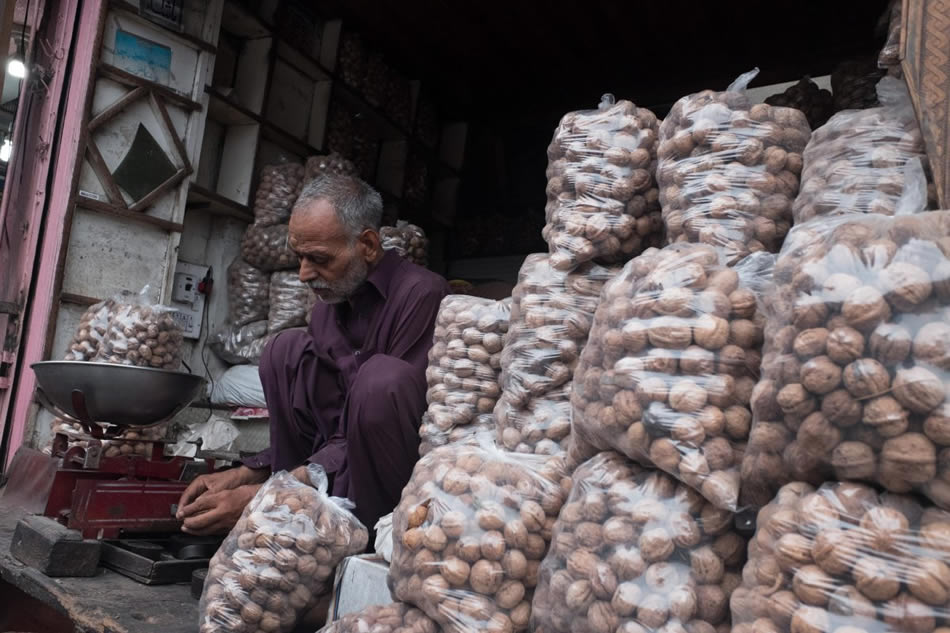
Below are four ways how using only one camera and lens can benefit you immensely as a photographer.
1. It Forces You To Be Creative
For me, 28mm is perfect for street photography and environmental portraits, good enough for landscapes and if you work creatively, you can have close-up shots as well. You need to work around your limitations and that polishes your creativity.
With the x70, for landscapes, I need to shoot at lower angles to get some kind of needed perspective that enhances landscapes. For portraits, I need to put the subject in the middle of the frame and crop later to my taste so it won’t distort facial features. That way I can handle all situations with only one focal length. Yes, it will not give you the best results in terms of what we may be used to see, but capturing the right moment is much more important than the quality of bokeh or wide angle distortion.

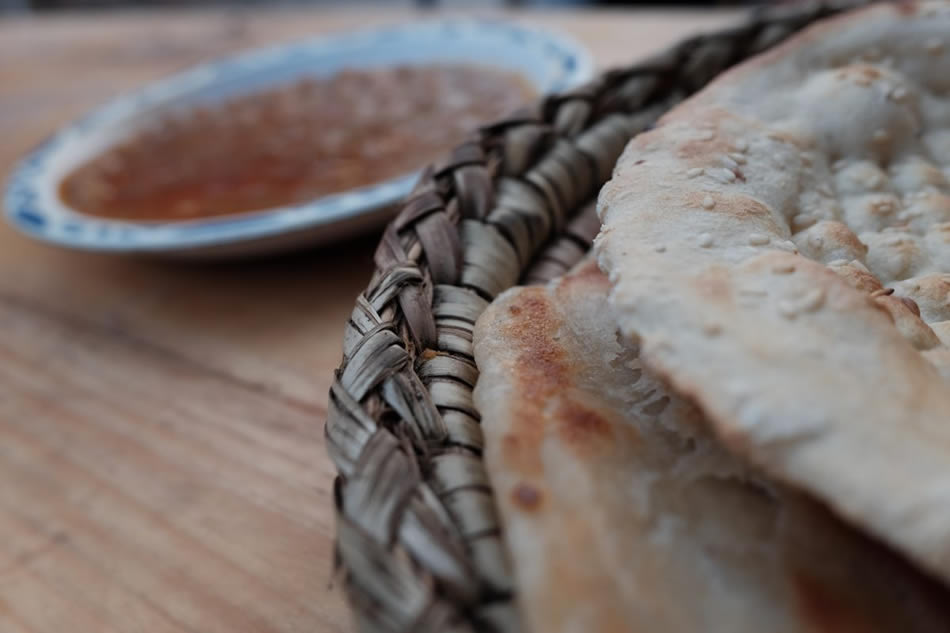

2. It Improves Your Reaction Time.
A picture is all about capturing the right moment. There was a time I used to bring my 100mm macro lens, 11mm ultra wide for landscapes and a 50mm for portraits on my photography trips. The problem is when I would put on my ultra wide lens for landscapes; I started to see macro subjects. When I went with the 50mm for portraits, I would see landscape opportunities. At that moment, I have to switch on the correct lens and photograph it. This switching is not only frustrating but I also lose the best moments a lot of times. The same happens with camera bodies.
If you only have one camera with one lens (preferably a prime lens), instead of switching to an appropriate lens, you will capture the moment right away with your current setup. Eventually, you will know how to work around with the current setup in all situations. You can capture a portrait with a wide angle lens or a landscape with the long focal length too.
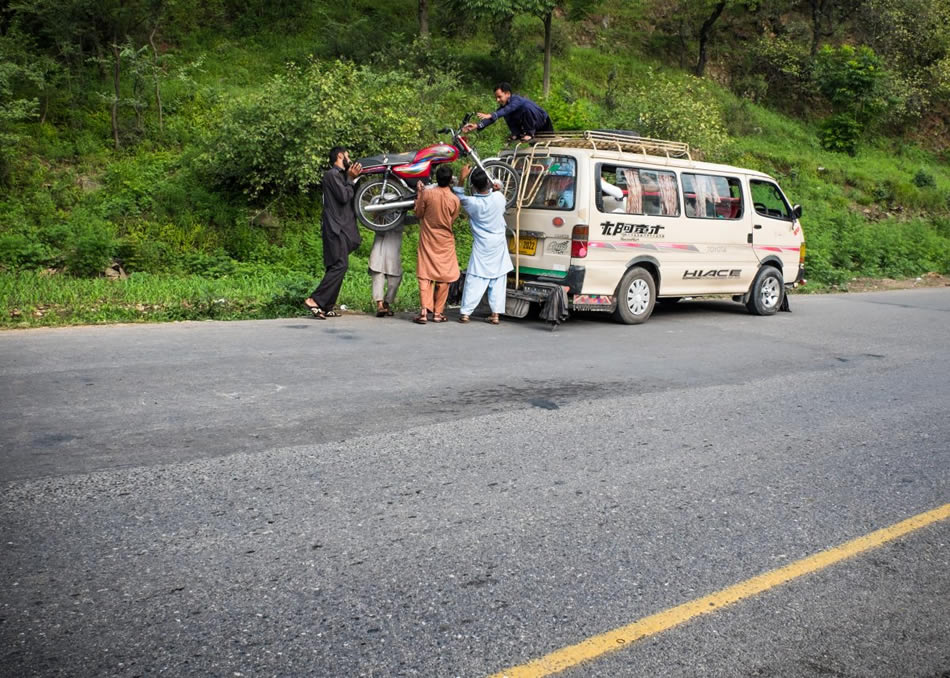
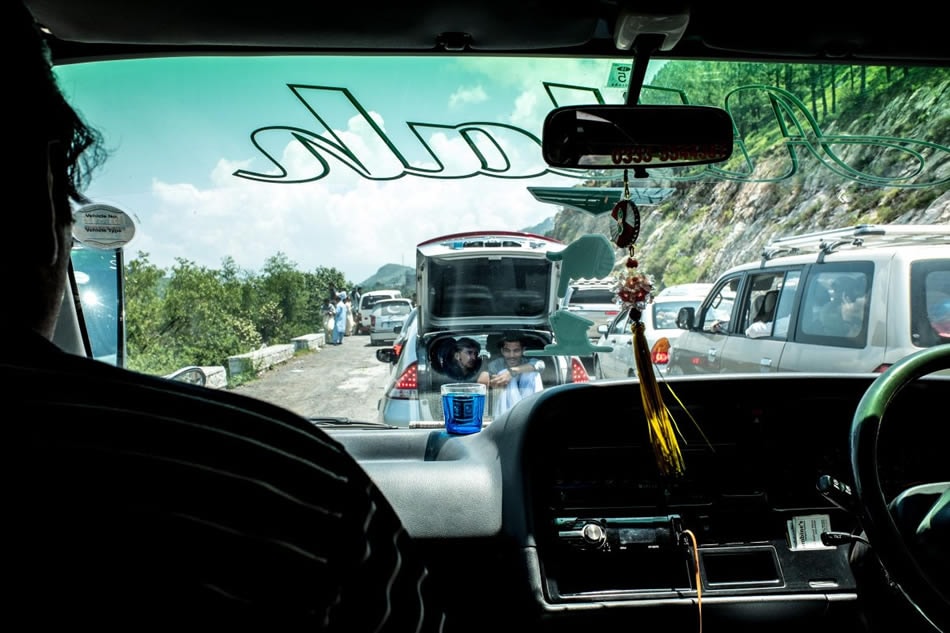
3. It Makes You Familiar With Your Camera Settings
Different cameras and lenses behave differently on the same settings. The same ISO setting on your full-frame camera produces less noise than your micro four thirds sensor. Different lenses have different sweet spots for sharpness and depth of field. When you use multiple cameras/lenses all the time, you can’t remember these settings and end up regretting that you didn’t use other another combination that would’ve been better suited for the shot.
When you use one camera/lens, you get a lot more familiar with the best values of aperture, ISO and shutter speed settings that will give you the best results for each scenario. You don’t even have to think about it and it comes to you automatically.

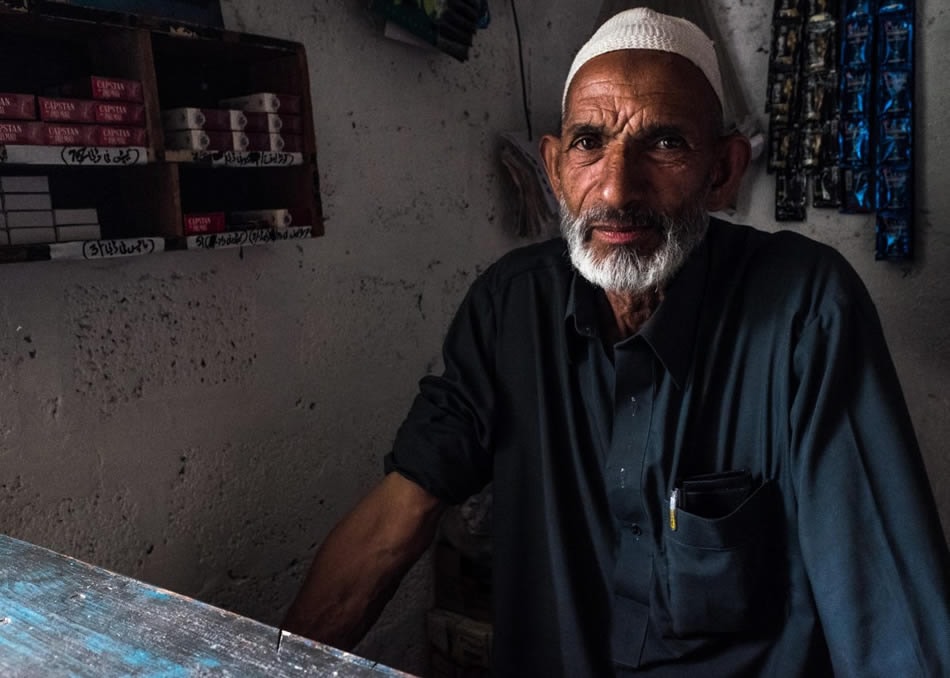
4. You Can Travel Lighter
If you are a street, travel or landscape photographer, this makes a world of difference. By just carrying one camera/lens you can travel much lighter and you can cover more distance. You can photograph from locations where people normally can’t even imagine going. You will look more like a tourist than a professional photographer and that puts your subjects at ease. It gives you more opportunities to capture something really rare, beautiful and totally candid. It lets you enjoy your trip, learn from people and make the most of it.
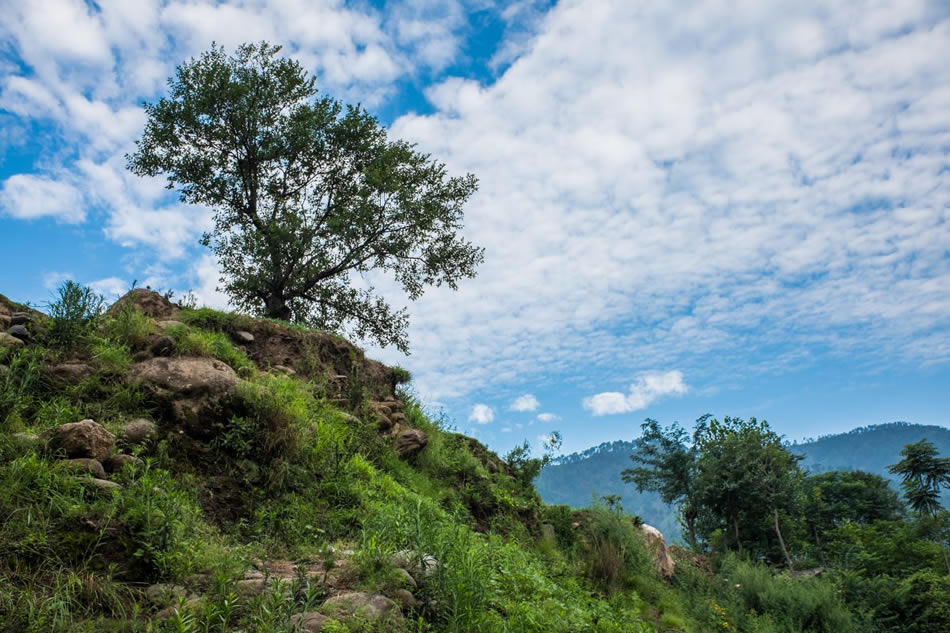
Conclusion
There is no hard and fast rule for using a single camera or lens. You can start with a prime lens that fits your type of photography. You can go with a basic zoom lens. You can even start with your phone. I have been using my phone more frequently nowadays because it’s always with me. For more than two months I just limit myself to my phone for capturing as well as editing/post production.
The idea here is to master one camera/lens completely so that it becomes an extension of your eye. You will start to compose your photos in mind because that focal length is so much engrained in your mind. There are photographers who spent their entire lives using a single camera and lens setup.
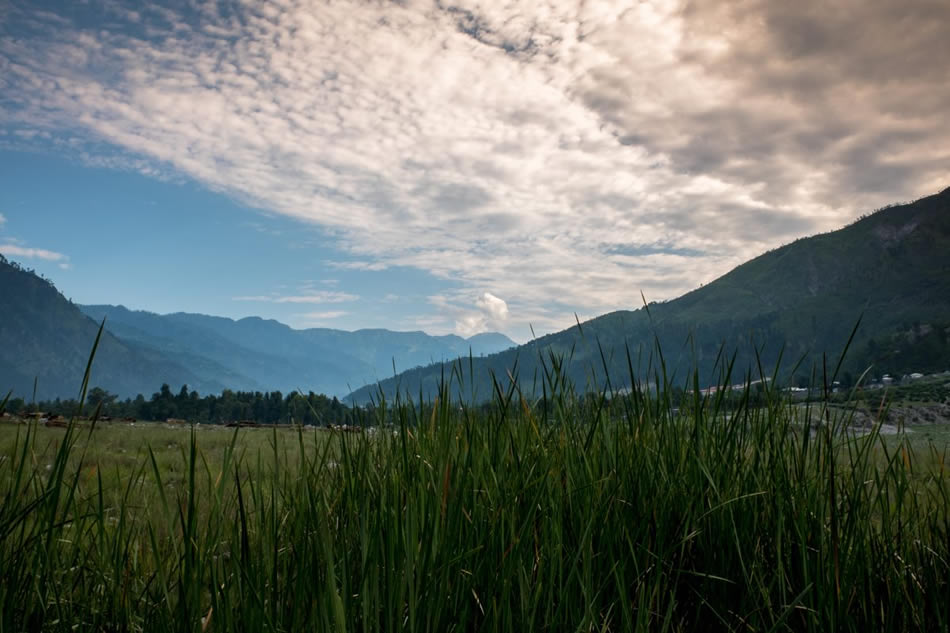
Quick Tips
- You can use zooms, but use a prime lens if possible to get used to that one focal length thoroughly. Even if you use a zoom, go with shorter range zooms (like 24-70, or 10-14) for quality reasons. Avoid 18-300mm types of lenses.
- Use smaller sensor cameras like micro four thirds if you travel a lot. Their compatible lenses are much smaller in size and weight, which lets you travel with ease. Of course, it affects the image quality, but only to an extent.
- Don’t believe on clichés. If you experiment enough, you can photograph almost every type of subject with any lens.
- There is no such thing as a perfect camera, so start with whatever you have today and see if it limits you or makes you more creative. Upgrade accordingly if required.
- What doesn’t kill you makes you stronger. There is nothing to lose in trying this approach. At least give this approach a month or two and you will be pleasantly surprised with its outcome.
Happy shooting!
